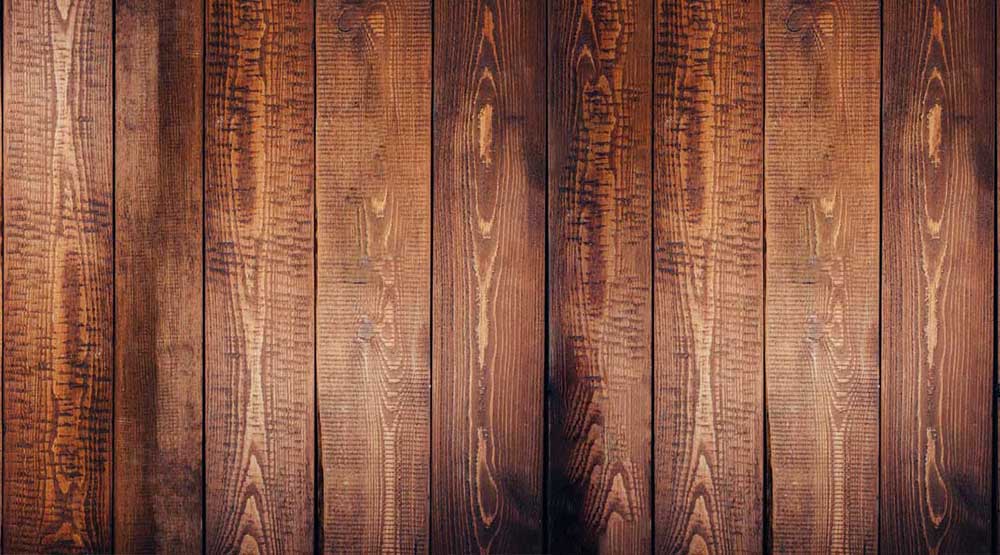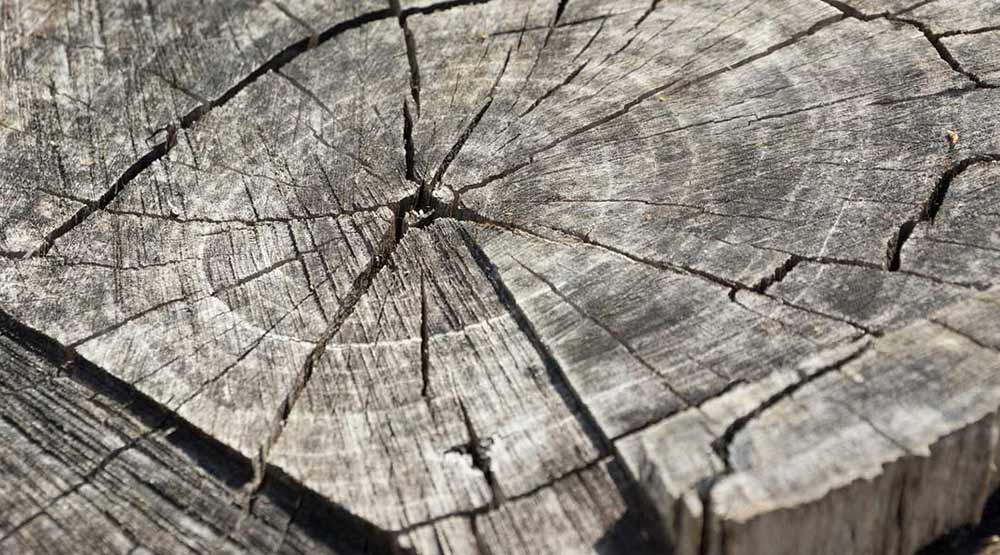81.3% of its forest surface is available for wood harvesting: why is the logic of the 0 km product not applied in this sector?
In Europe, imports of timber and derivatives from non-EU countries are growing exponentially. According to a study conducted by FederlegnoArredo and Conlegno, since 2015 they have approached the value of 26 billion euros, with an increase of 30% over the years.
Among the major importing countries in the European Union, Italy ranks third, with around 3 billion euros of imports, behind the United Kingdom and Germany. And it is therefore also one of the countries most interested in combating the trade in illegal timber which according to estimates represents 30% of the timber imported into the EU, given that approximately 64% of the countries from which it imports have a “perceived corruption index” ( Cpi) lower than 50. Hence the need to draft and promote the Eutr regulation ((European Union Timber Regulation), which came into force in Italy in December 2014, and which aims to combat the trade in illegal timber .
But the data on which it is worth stopping to reflect in any case is precisely that relating to the Italian percentage of imports. Starting from the assumption that wood represents an absolutely precious resource for the Italian territory and that we are in an economy where the choice of 0 km products reigns supreme, how is it possible that local material is not chosen also in the wood sector?

Taking into account, moreover, that the Italian forest territory (mainly composed of pine, maple, larch, fir, chestnut and walnut wood) has had, in recent decades, a great and decisive expansion, increasing its size by as much as 20%. surface area, thus bringing it to a total of 34% of the entire national territory, it is natural to ask why Italy finds itself in third place in the European ranking of countries that are the largest importers of wood and derivatives.
Unfortunately, the reality is that the use of Italian wood is hindered by numerous factors, most of which directly concern the Italian bureaucracy regarding the issue of forest control and management of wooded areas, including:
- cumbersome Italian laws in the field of concession of woodland territories;
- poor technical preparation of forestry operators;
- difficulties in mechanizing the woods, steep and particularly steep terrain make it difficult to extract wood unless using expensive and demanding techniques;
- 67% of Italian forests are privately owned and consist of land measuring between 2 and 3 hectares.

The main problem is therefore the management of these lands which, although private, could be coordinated by a control program of these areas in order to facilitate private owners by removing excess material, cleaning the area and, at the same time, providing material to the wood industry, as at a national level 81.3% of the total forest area is available for wood harvesting.
The environmental advantages of correct management of Italian forests would be important, just think of the fact that the statement that forests represent the green lung of our planet is true up to a certain point. All the forested areas existing on Earth remove carbon dioxide from the atmosphere and return the precious oxygen so crucial for our survival. But this process occurs at the stage of plant growth, that is, when the forest is young. As the years pass, aging and decaying forests release carbon dioxide into the environment and can pose a real risk for fires and landslides.
Therefore, implementing the use of local wood would therefore favor correct management of the forests, thus allowing them to always be safeguarded and perpetually monitored, adapting and guaranteeing the right proportion between young and old plants, thus promoting not only economic well-being but also health for the beings. living.

But, returning to the problems, the other aspect that cannot fail to be highlighted is the high price of Italian wood, resulting as a direct consequence from all the key and critical points listed above.
There is certainly still a lot to do before we can reach a definitive resolution of the problem: actual measures at a national legislative level have not yet been discussed or hypothesized.
For our part, we can certainly encourage the change by favoring Italian wood over foreign wood, while being aware of the economic disadvantage that this choice represents. If it is not possible to operate in this sense, it is always better to prefer European wood as, within the EU, there are strict regulations regarding the marketing and cutting of the wood they preserve.

